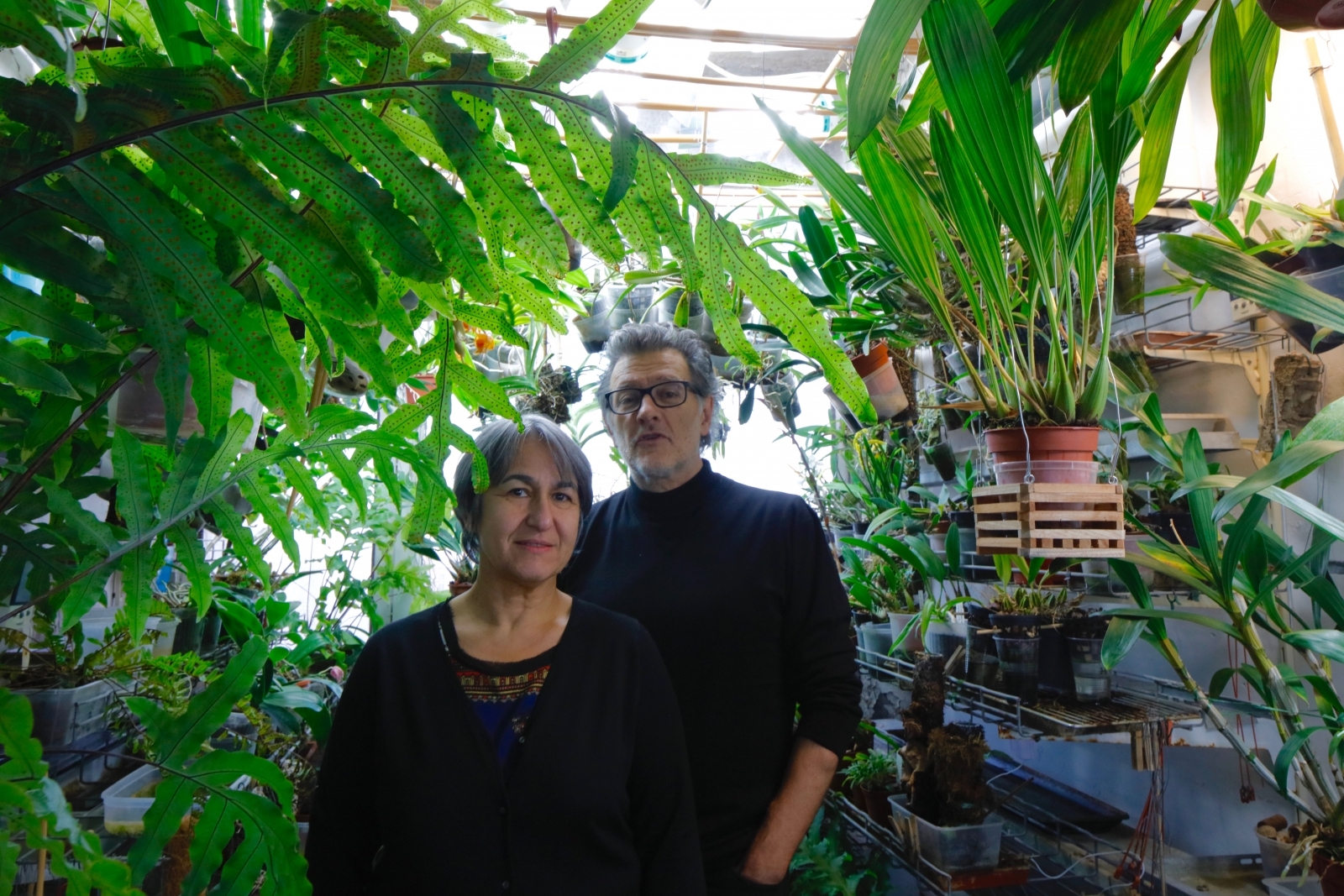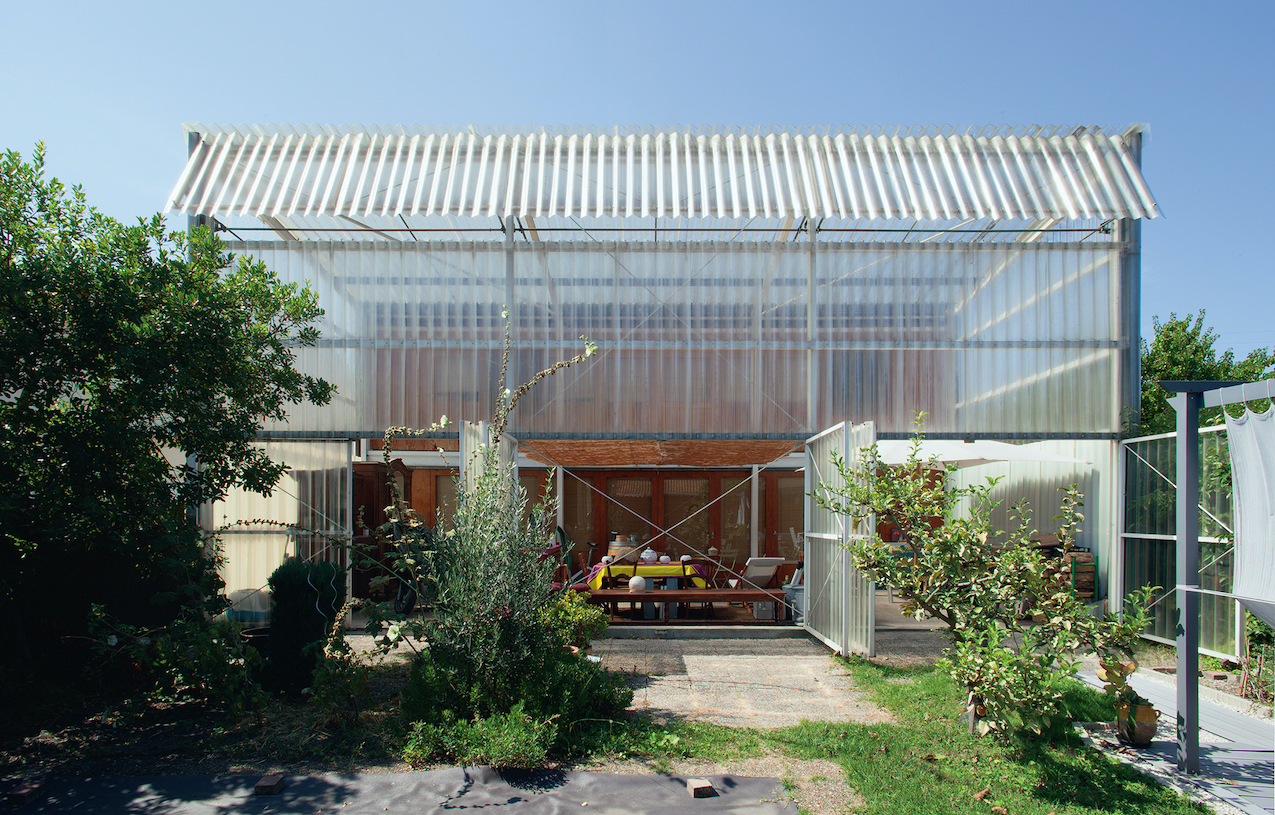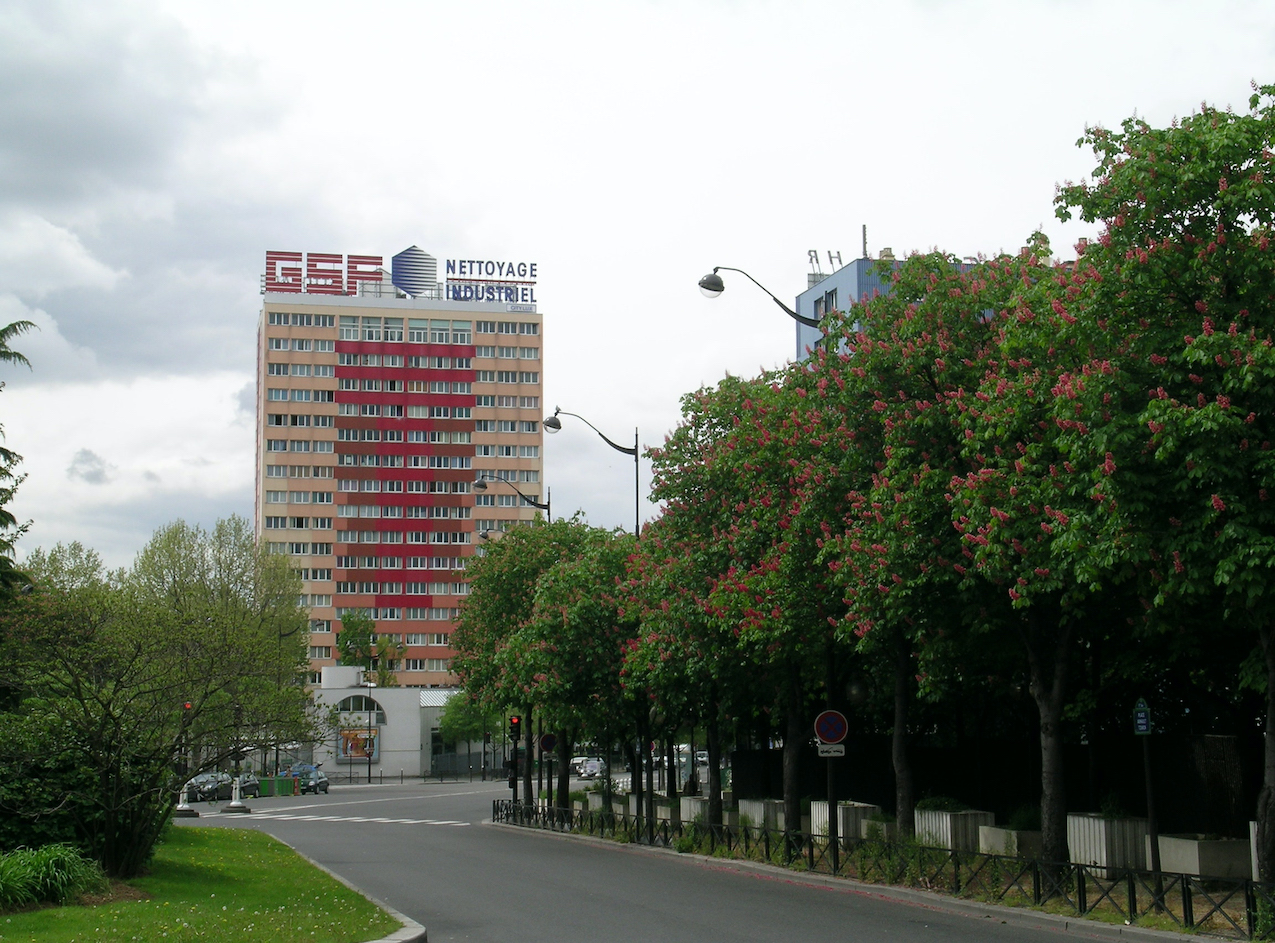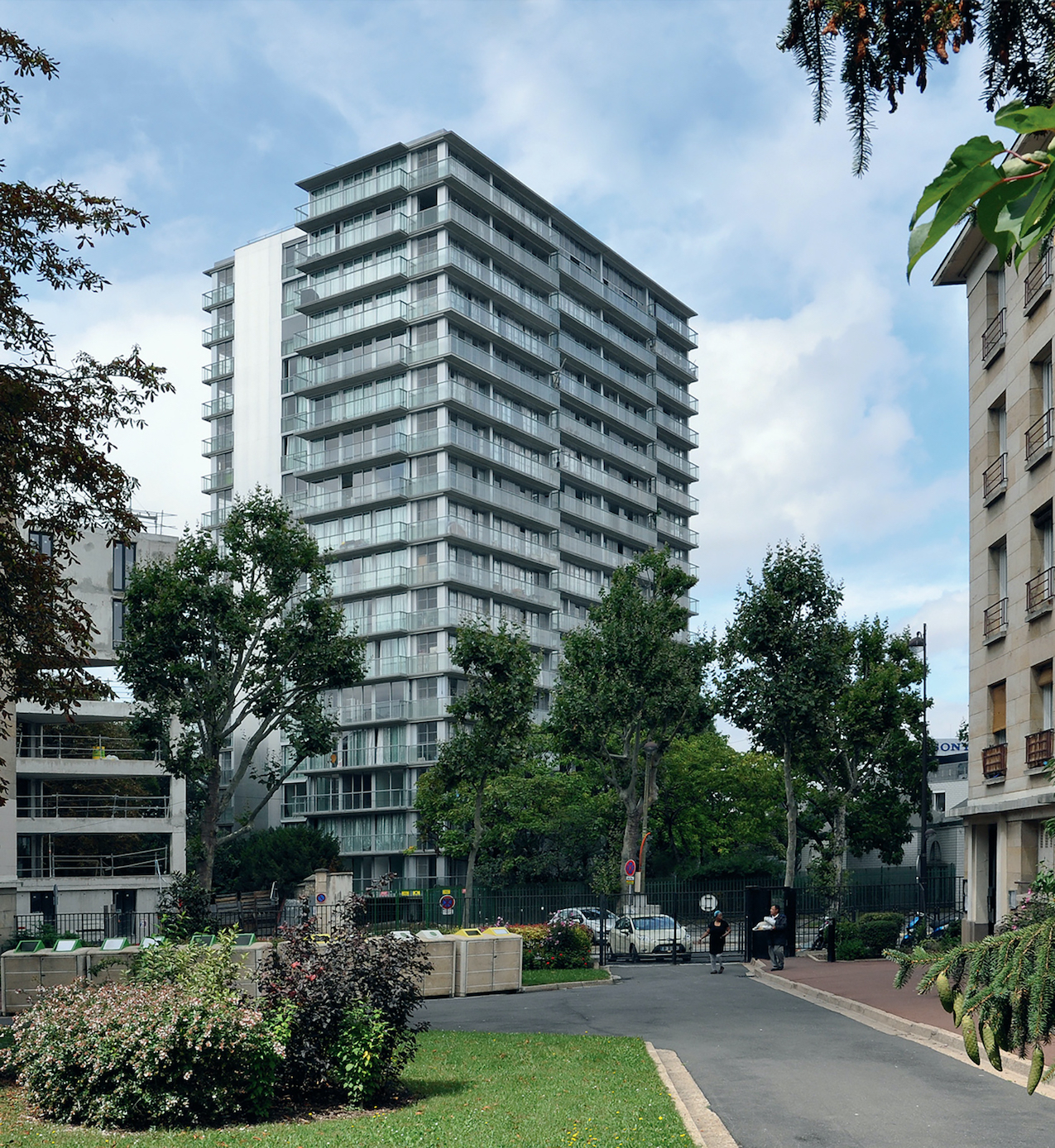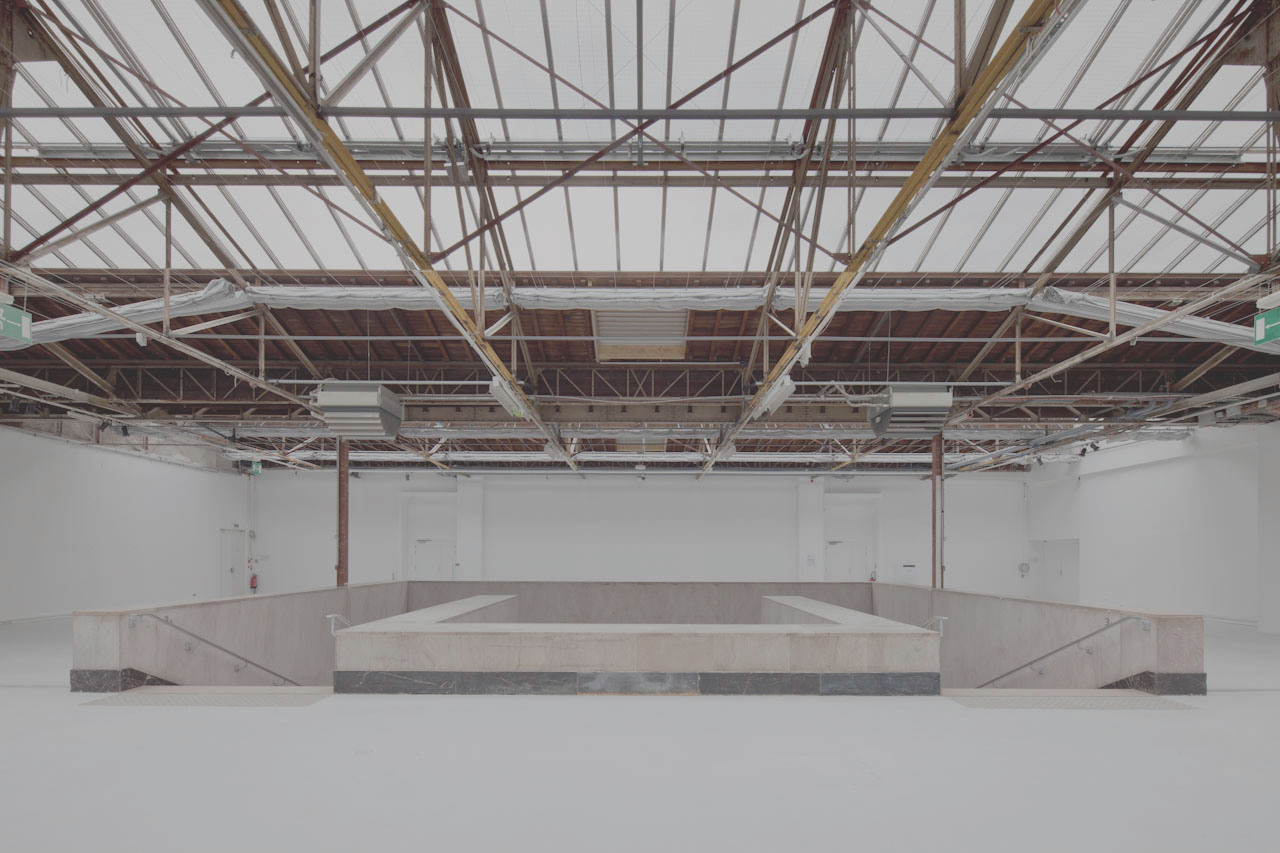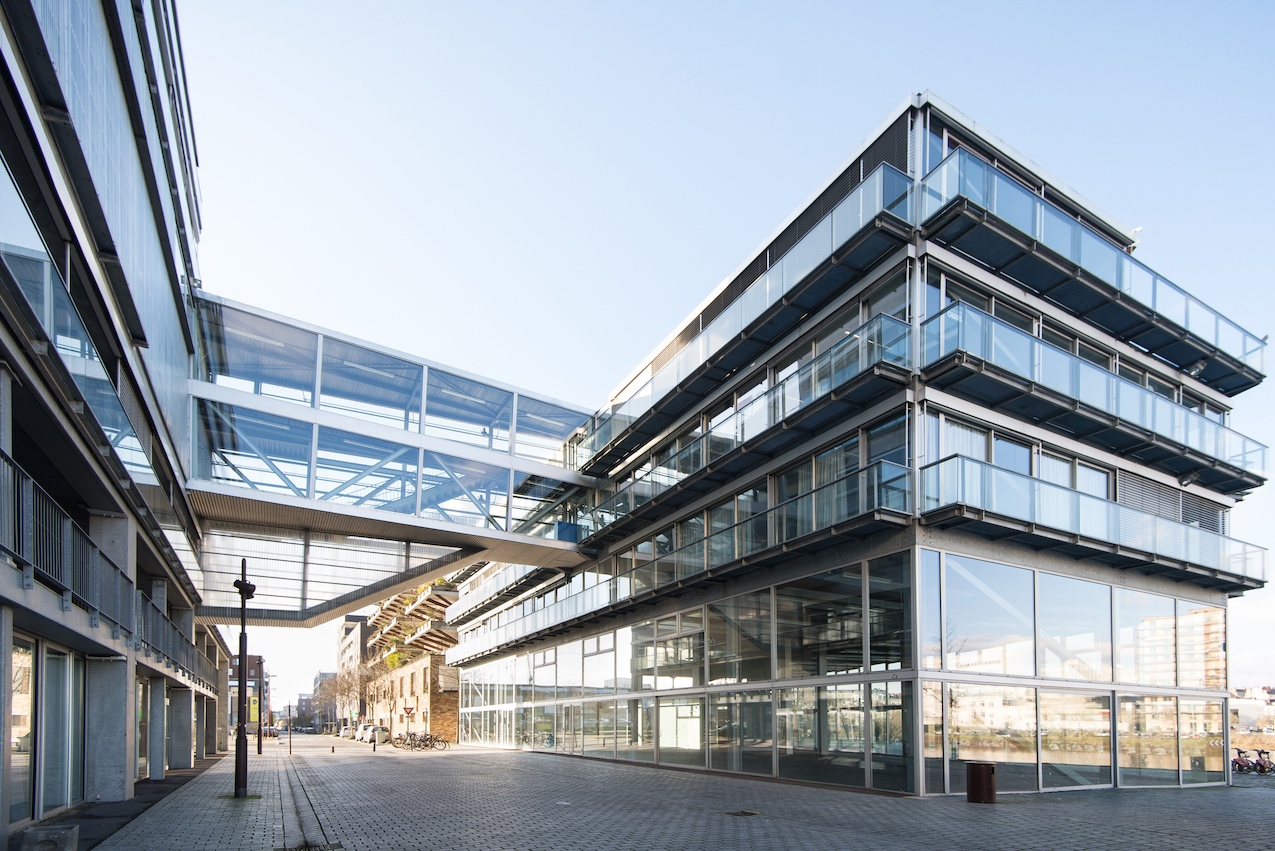The Pritzker Prize, known internationally as architecture’s highest honor, has been presented to French architects and educators Anne Lacaton and Jean-Philippe Vassal. The principals of Lacaton & Vassal Architectes are the 49th and 50th Pritzker Prize laureates as well as the first French recipients of the distinguished award since 2008, when Jean Nouvel was honored with the architecture world’s top honor. Since Nouvel, only one other French architect, Christian de Portzamparc, has been awarded the prize since it was first instituted in 1979. That’s where it all began, in Paris, where Lacaton and Vassal founded their transformative practice in 1987. Their buildings are modest, embodying a design ethos of building up and not tearing down existing structures, instead adapting and adding to them.
Their architectural approach is heartwarming in a modernist sense, aiming to improve the lives of many, and, contemporary in response to the current plights of climate change and social issues, namely affordable housing. Lacaton and Vassal purposefully build with a powerful sense of space and materials, what the 2021 Pritzker Prize jury describes as architecture “as strong in its forms as in its convictions, as transparent in its aesthetic as in its ethics.” With inexpensive materials like polycarbonate sheeting, corrugated metal, and plywood, their buildings might appear rudimentary to the untrained eye, but upon closer inspection, are a spectacular decoupage of elements that delicately balance a respectful yet straightforward perspective of the built environment.
Instead of demolition, Lacaton and Vassal do more with what already exists. Their body of work is as varied in typology as it is in scale, including the transformation of three buildings (G, H and I) at Grand Parc, the restoration of Palais de Tokyo, and the Latapie House, which employed their initial application of greenhouse technologies. As a duo, they create architecture “open to life, open to enhance the freedom of anyone, where anyone can do what they need to do,” Lacaton said a statement. She adds: “It should not be demonstrative or imposing, but it must be something familiar, useful and beautiful, with the ability to quietly support the life that will take place within it.”
Here, we explore five projects that exemplify their practice.
Latapie House
Floirac, France
1993
Latapie House was the duo’s initial application of greenhouse technologies. They installed a winter garden that afforded a larger residence with a small budget. The east-facing retractable and transparent polycarbonate panels on the backside of the dwelling allow natural light to illuminate the entire interior, opening its communal spaces from the living room to the kitchen to climate controlled ventilation. The design allows inhabitants to conserve energy and access nature in all seasons.
La Tour Bois le Prêtre
Paris
2011
In cahoots with Frédéric Druot, Lacaton and Vassal reconfigured La Tour Bois le Prêtre, a 17-story, 96-unit housing project built in the early 1960s. They increased the interior square footage of every unit by removing the original concrete skin and extending the space of the building to form bioclimatic balconies. The original living spaces now extend into new terraces. Each unit features large windows with unprecedented views of the city. The project not only reimagines the aesthetic of social housing, but, moreover, the possibilities of housing in the urban geography.
Grand Parc
Bordeaux, France
2017
The framework of La Tour Bois le Prêtre was similarly applied to the adaption of three buildings (G, H and I), comprising of 530 apartments at Grand Parc. In collaboration with Druot and Christophe Hutin, the duo dramatically transformed a visual reinvention of the social housing complex, including the modernization of elevators and plumbing, expansion of all units (some nearly doubling in size) without the displacement of any residents, and all for just one-third of the cost of demolishing and building anew.
Palais de Tokyo
Paris
2012
In the most recent update of Palais de Tokyo, after a restoration more than a decade earlier, Lacaton & Vassal expanded the institution by 215,000 square feet by creating new underground space and ensuring that every part of the building is designed with user experience in mind. The architects conjured voluminous, intentionally unfinished spaces that allow artists and curators to imagine exhibitions for all mediums.
École Nationale Supérieure d’Architecture de Nantes
Nantes, France
2009
Their work also encompasses new buildings, perhaps best exemplified by the École Nationale Supérieure d’Architecture de Nantes. To accommodate the range of needs for the university’s growing student body, the site was maximized and nearly doubled in space within budget. Situated on the bank of the Loire River, the monolithic three-story structure features a concrete-and-steel frame encased in retractable polycarbonate walls and sliding doors. Areas of various scales are found throughout, and all spaces are deliberately non-linear and adaptable. The auditorium can extend into the street and its high ceilings create generous spaces necessary for workshops.
